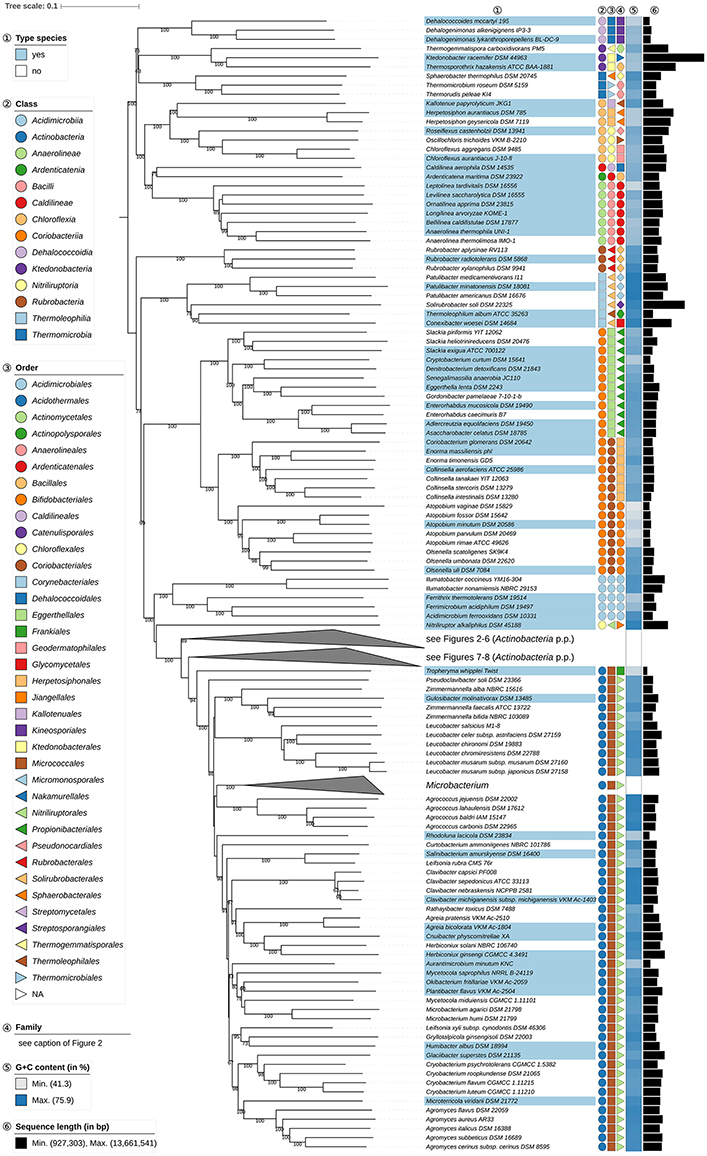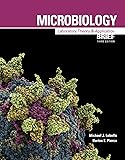Bergey's Manual of Systematic of Archaea and BacteriaFirst Edition
Bergeys Manual 9th Edition Citation Bergey's manual of determinative bacteriology. Philadelphia: Lippincott Williams & Wilkins. Chicago / Turabian - Author Date Citation (style guide) Bergey, D. 1860-1937 and John G. Bergey's Manual of Determinative Bacteriology. Bergey's manual of determinative bacteriology / Colorado. OCLC Number: 61582384: Description: 442 pages; 24 cm: Other Titles: Manual of determinative bacteriology. Responsibility: arr. By a committee of the Society of American Bacteriologists.
Editor(s):
 Professor William B. WhitmanJohn Wiley & Sons, Inc.
Professor William B. WhitmanJohn Wiley & Sons, Inc.Online ISBN: 9781118960608DOI: 10.1002/9781118960608
This manual replaces and expands upon the second edition of Bergey’s Manual of Systematic Bacteriology, a 5-volume set completed in 2012. Please click on the BMSAB link for further details or in information on pricing and how to order.
Bergey's Manual of Systematics of Archaea and Bacteria (BMSAB) is a reference work aimed at undergraduates, graduate students, researchers, professors and experienced professionals at all levels. About a hundred new genera and 600+ new species have been described per year for each of the last 5 years. To remain abreast of this explosion in knowledge of the microbial world, an electronic manual with frequent updates is necessary. The BMSAB is an essential tool for anyone at the forefront of research in microbiology. The digital edition provides up-to-date descriptions of the taxonomy, systematics, ecology, physiology and other biological properties of all named prokaryotic taxa.
Read about: Bergey's Manual of Systematics of Archaea and BacteriaBergey's Manual of Systematic BacteriologySecond Edition
Springer, New York, NYPublished in 5 VolumesThe second edition is being published in 5 volumes - please click on the Volume links below for further details or to purchase the volume.
Bergey's Manual of Determinative BacteriologyNinth Edition
Editor-in-Chief: John G. Holt
Williams & Wilkins, Baltimore, MDPublished in 4 VolumesBergey's Manual of Determinative Bacteriology is a departure from past editions that attempted, usually inadequately, to combine systematic and determinative information. Systematic information will continue to be found in Bergey's Manual of Systematic Bacteriology, with the Determinative manual serving as a reference to aid in the identification of unknown bacteria.
The arrangement of the book is strictly phenotypic, with no attempt to offer a natural higher classification. The arrangement chosen is utilitarian and is intended to aid in the identification of bacteria. The bacteria are divided into 35 groups, which are comparable to the “Parts” in the eighth edition and the “Sections” in the Systematic volumes. These groups are not meant to be formal taxonomic ranks, but are a continuation of our tradition of dividing the bacteria into easily recognized phenotypic groups. We feel this arrangement is most useful for diagnostic purposes.
The book was compiled by abstracting the phenotypic information contained in the four volumes of Bergey's Manual of Systematic Bacteriology. Introductory material concerning identification and a key to the groups were added. The past decade has seen an explosion in the description of new taxa of bacteria. We have attempted to include as many of them as possible, but, in a manual of this type with its varied production schedule, not all of the new taxa could be included. For inclusion in this manual, we had to set a cut-off date of January, 1991, for valid publication. In some cases, we have been able to include more recent taxa and have taken their descriptions directly from the original publications.
Read about: Bergey's Manual of Systematics of Archaea and BacteriaBergey's Manual of Systematic BacteriologyFirst Edition
Editor-in-Chief: John G. Holt
Williams & Wilkins, Baltimore, MDPublished in 4 Volumes
Bergey's Manual Of Determinative Bacteriology 9th Edition Citation
The first thing you'll need to do is determine your unknown's group number. To do that, you will need to consult Bergey's Manual of Determinative Bacteriology (9th edition). To find your group number, look through the table of contents of the manual, and use the table that starts on page 17. Most unknowns will be in one of these groups:
- Gram-Negative, Aerobic/Microaerophilic Rods and Cocci --Group 4
- Facultatively Anaerobic Gram-Negative Rods --Group 5
- Gram-Positive Cocci --Group 17
- Endospore-Forming Gram-Positive Rods and Cocci --Group 18
- Regular, Nonsporing Gram-Positive Rods --Group 19
- Irregular, Nonsporing Gram-Positive Rods --Group 20
- Aerobic, Nonmotile, Nonsporing, Acid-fast, Weakly Gram-Positive Rods --Group 21
Once you think you know your group number (or you have a few possibilities) go to the pages for your group within the manual. From there, you should find more information to help you make a final determination that you have the right group. You might also consult the information below to help you find the best tables to make a final determination about your unknown's group number:
Group # | Table to reference in Bergey’s Determinative, 9th edition | Key differences between genera in this group, as described in the Bio 205L manual |
4 | Table 4.1, pp. 103-116 | pigments/fluorescent, motility, growth requirements, denitrification, morphology, oxidase |
5 | Table 5.1, pg. 202 | growth factors, morphology, gram reaction, oxidase |
17 | Aerobic genera: Table 17.1, pg 534 Facultatively anaerobic genera: Table 17.2, pg. 535-536 Strictly anaerobic genera: Table 17.3, pg. 537 | oxygen requirements, morphology, growth requirements (45°C and supplements) |
18 | Table 18.1, pg. 562 | oxygen requirements, motility, morphology, catalase |
19 | Table 19.1, pg. 568 | morphology, oxygen requirements, catalase |
20 | Aerobic genera: Table 20.1, pg. 583-584 Facultatively anaerobic genera: Table 20.2, pg. 585-586 Strictly anaerobic genera: Table 20.3, pg. 587-588 | catalase, motility, morphology |
21 | Table 21.1, pg 598 | acid fast, growth |
Step 2: Determine the genus of your unknown.
To determine the genus of your unknown, you'll need to keep using Bergey's Manual of Determinative Bacteriology (9th edition). You should have the right group number by now, so go to the pages for your group. These pages should help you identify the genus of your unknown. There might be both tables and descriptions to help you identify the genus. You might find more than one possible match -- that's ok. The next step should provide more information to help you narrow down to a final choice.
Step 3. Read about your genus to make sure you have a match.
Bergey's Manual Of Determinative Bacteriology 9th Edition Citation
Step 4. Identify your unknown to the species level.
The genus description should contain information that helps you differentiate the species in your genus – so, you can compare your lab results to attempt to identify the species of your unknown. Be sure to read both the genus and the species descriptions, because characteristics listed in the genus description aren’t repeated in the species description!

Step 5. Troubleshoot problems.
If you find that the tables in Bergey's Manual of Determinative Bacteriology, 9th edition only allowed you to identify your bacteria down to the family level, then search the Systematic manual (link provided above) for your family name to see if the family description contains the tables you need to narrow down from family to genus. If the Systematic manual DOESN’T contain the tables you need, then you’ll have to come to the Main Desk at Cline Library and to once again consult Bergey's Manual of Determinative Bacteriology, 9th edition. Look up your family name in the index of the Determinative manual to see if there are tables you need that you previously missed.
Also keep in mind that sometimes a taxonomic name can be declared a synonym of another name, and thus is no longer used. Try looking your name up in either of these two resources:
If you find that another name is being used, look that name up in Bergey's instead. For example, the genus name Aurobacterium has been synonomized with Microbacterium, so you'd look up Microbacteriuminstead
Adapted from Nothern Arizona University LibGuide URL:https://libraryguides.nau.edu/bio205l-305w